Contents
Guide

4 Ingredients
PO Box 400
Caloundra QLD 4551
+61 431 297 923
ABN: 17 435 679 521
www.simonandschuster.com.au
 4ingredients.com.au
4ingredients.com.au
 facebook.com/4ingredientspage
facebook.com/4ingredientspage
 4 ingredients Channel
4 ingredients Channel
 @4ingredients
@4ingredients
 @4ingredients
@4ingredients
 4 Ingredients
4 Ingredients
 info@4ingredients.com.au
info@4ingredients.com.au
Copyright Meymott Enterprises Pty Ltd
Published by 4 Ingredients September 2020
The moral right of the Author has been asserted.
All rights reserved. Without limiting the rights under copyright reserved above, no part of this publication may be reproduced, stored in or introduced into a retrieval system, or transmitted, in any form or by any means (electronic, mechanical, multi-media, photocopying, recording, or otherwise), without the prior written permission of the Author and the publisher (Author) of this book.
Photography & Stylists: Kim McCosker, Melinda Dines, Leonie Wohlsen
Design & Formatting: Shem Hunter www.shemhunter.com
Publisher: 4 Ingredients
Distribution: Simon & Schuster, Australia
Simon & Schuster, New Zealand
ISBN: 978-0-6484851-7-9
ISBN-13: 978-0-64848-518-6 (eBook)
Every effort has been made to ensure the information contained in this book is complete and accurate.
The information in this publication is representative of the authors opinions and views. It is meant for educational and informational purposes only, and is not meant to prevent, diagnose, treat or cure any disease. The content should not be construed as professional medical advice.
The Author is not responsible for any specific health or allergy needs that may require medical supervision and is not responsible for any adverse reactions to the recipes within.
Should the reader need professional assistance, a qualified physician or health care practitioner should be consulted.
Like me, youve bought a Pie Maker, in fact, you may own a couple because you have fallen truly, madly, deeply in love with them . Honestly, it has become one of my favourite appliances EVER! Whether you are making sweet or savoury pies, pies with pastry or without, beef, chicken or vegetarian pies, pikelets, crumpets or cupcakes, a pie maker can do it all!

YOU WILL NOT BELIEVE WHAT YOU CAN MAKE IN YOUR Pie Maker!
To me, pies represent a little parcel of thoughtfulness. Traditionally, pies were made of a simple flour and water paste wrapped around meat, which helped cook the meat and lock in its juices, back in a time when nothing was wasted. Today the practice continues, as there is nothing simpler than using leftovers to create a delicious pie for lunch the next day or stewing plentiful, seasonal fruits to fill their warm, snug interiors.
Quick, easy and delicious Long may the humble pie bring us together with comfort and love.

Guide to Weights & Measures
To help a recipe turn out right, you need to measure right.I have included this simple conversion table to help, regardless of where you are in the world.
Grams - pounds & ounces |
5 g | oz. | 225 g | 9 oz. |
25 g | 1 oz. | 275 g | 11 oz. |
75 g | 3 oz. | 325 g | 13 oz. |
125 g | 5 oz. | 375 g | 15 oz. |
175 g | 7 oz. | 700 g | 1 lb. |
Spoons - millilitres (ml) |
1 dessertspoon | 10 ml |
Cups - ml - fluid ounces - tablespoons |
cup | 30 ml | 1 fl oz. | |
cup | 80 ml | 2.5 fl oz. | 5.5 |
cup | 160 ml | 5 fl oz. | 10.5 |
1 cup | 250 ml | 8 fl oz. | |
The History of Pies
YES We have the Egyptians to thank for many things Pies being one of them. Pies started to be baked by the Egyptians in 9500BC.
The Egyptians made galettes, honey-filled treats similar to pies but baked over hot coals. They became known to the Romans through the Greeks. Thereafter, the Romans made pies known to the rest of Europe and eventually, the world.
Originally, pies were baked in wood-fired ovens (can you image todays delicate puff pastry in those?) Back then, the crust was both a pan and a lid, and was used to protect the meat that was cooking inside. It was tricky to make kitchenware that could withstand the heat of the oven without exploding or deforming. Thick dough was the ideal shell to protect the food from the fire and allow an even cook. For a long time, the crust was supposedly not eaten. Dried up and often burnt, thick, unleavened and hard, back then the chooks probably didnt even eat it!
Thankfully, with experience, the Romans learnt better cooking techniques, placing the pies into the oven earlier before the heat was so intense. Cooking them at the opening where the heat is less, circulating them, cooking more or less at once. Practices that over time improved and helped them create a delicious pie, all of which could be eaten and enjoyed by many.
Fast forward to today, there is quite the geographical variation to what a pie is in the world.
- - America: Pies are mostly sweet and deep, they can have a top crust but always have a bottom crust (think Pumpkin Pie, Cherry Pie & everyones fave Apple Pie).
- - Great Britain & Germany: Pies are mostly savoury and are fully enclosed in crusts, base, sides and top (think Pork Pies).
- - Sweden: Pies are still savoury, but shallow and open-faced, similar to France and Italy (often sweet and better known as Tarts).
- - Australia: Where we love them all. In fact, Australians eat on average 12 meat pies each, every single year. Thats a whopping 270 million meat pies a year.





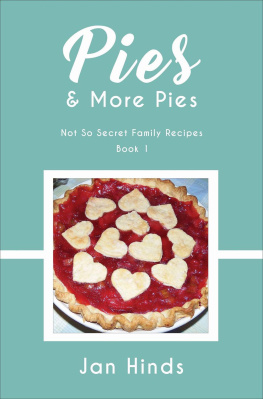
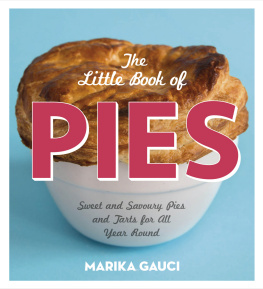
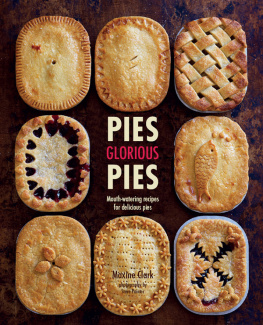
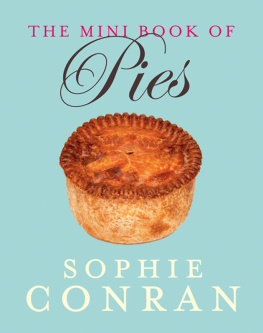
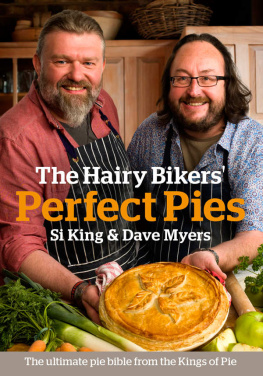
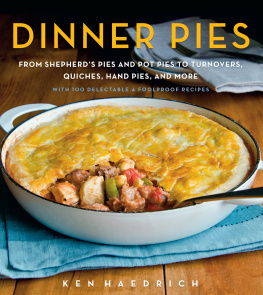
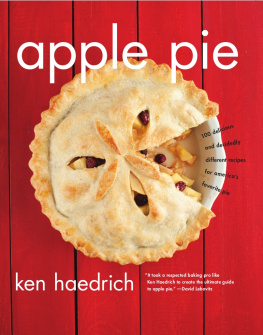

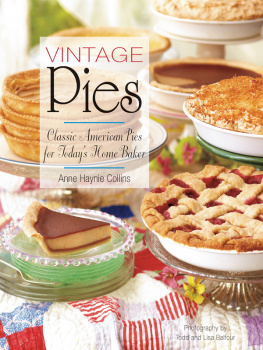
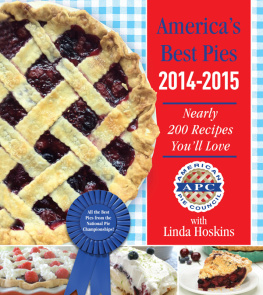
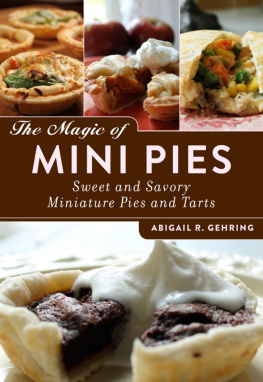



 4ingredients.com.au
4ingredients.com.au facebook.com/4ingredientspage
facebook.com/4ingredientspage 4 ingredients Channel
4 ingredients Channel @4ingredients
@4ingredients @4ingredients
@4ingredients 4 Ingredients
4 Ingredients info@4ingredients.com.au
info@4ingredients.com.au


